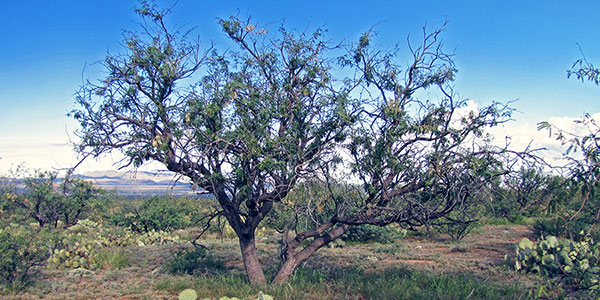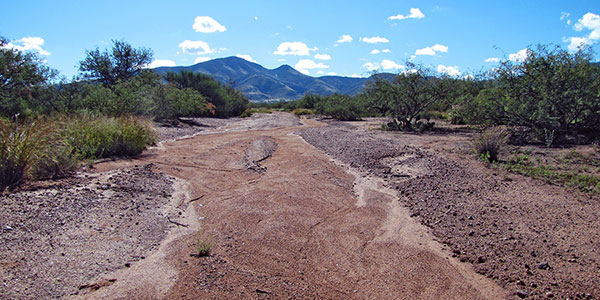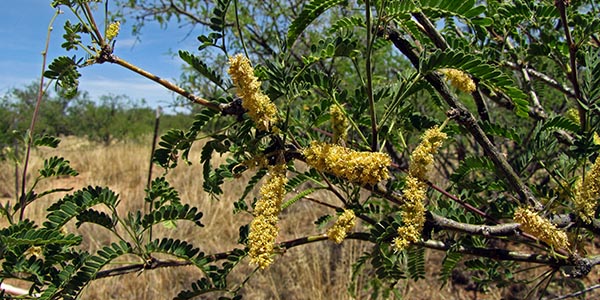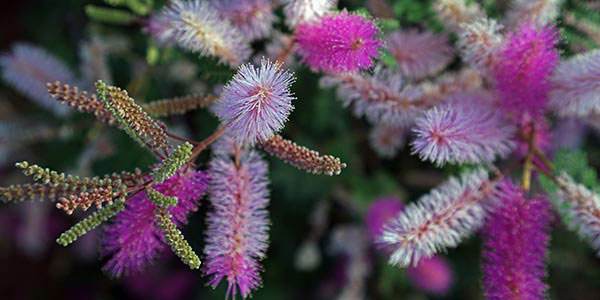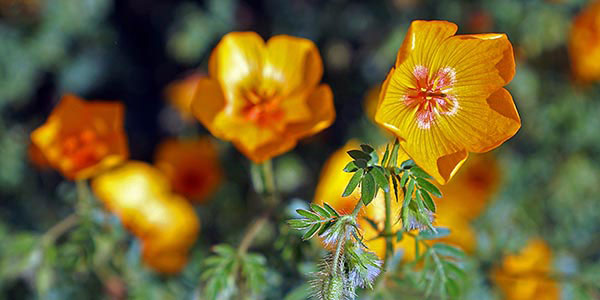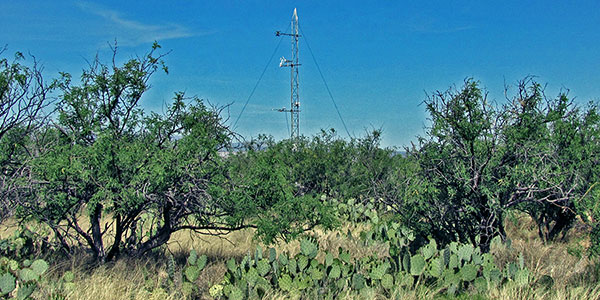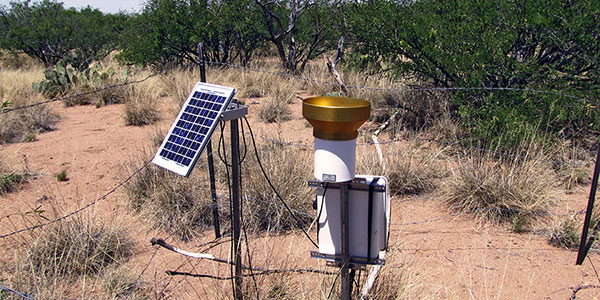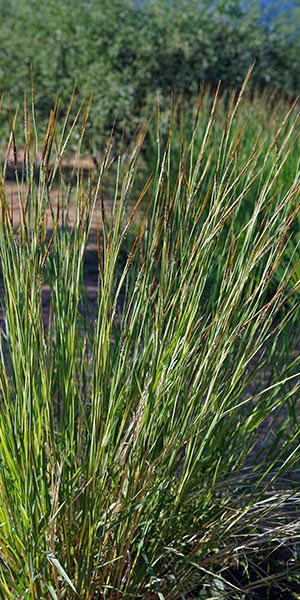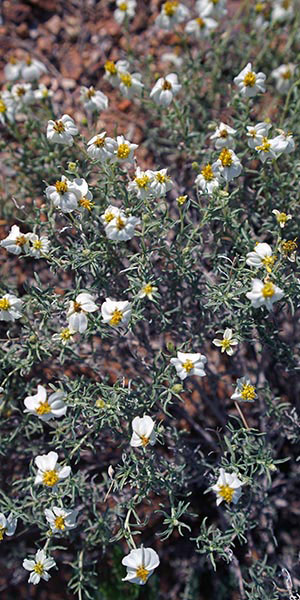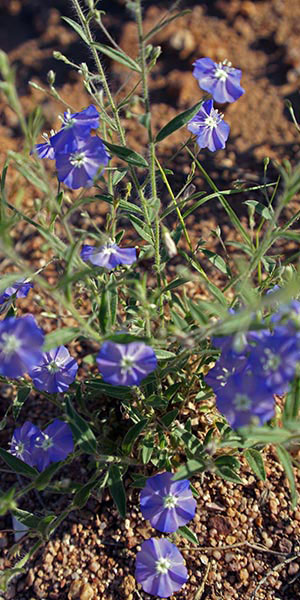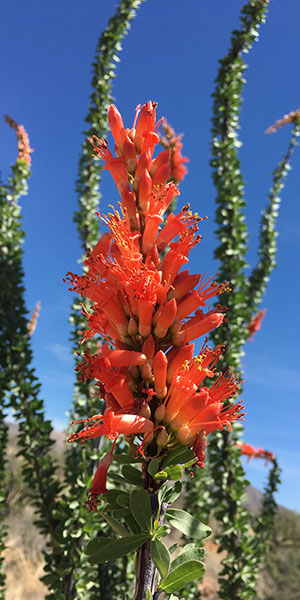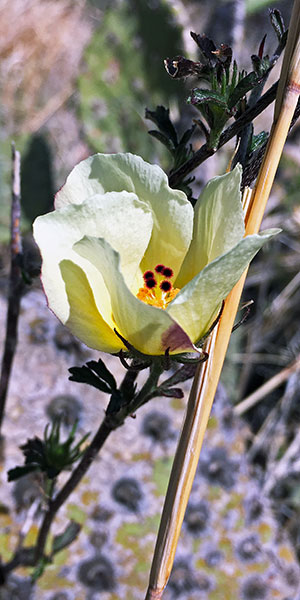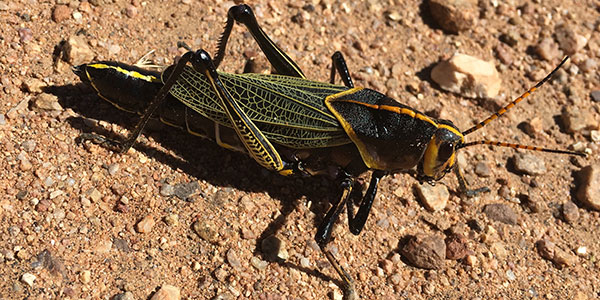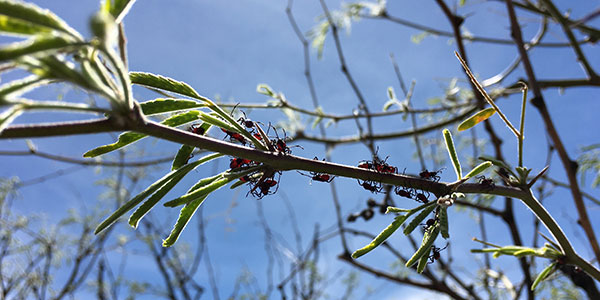Herbaceous diversity, aboveground net primary production (ANPP), and forage production
Greater biological diversity ensures a larger and more dependable supply of ecosystem services, and it ensures that an ecosystem and its services are resilient in the long-term. The goal of brush management (BM) is to reverse losses in the diversity of grassland/savanna systems, but there is some evidence in the literature that weeds and invasive non-natives take advantage. In our project, we are observing the latter, at least in the short-term.
Primary production provide food sources for other consumers and is therefore considered a supporting service. ANPP refers to the measure of mass of new plant growth aboveground over a specific time frame. In grasslands, the current year’s peak grass biomass is often used as the estimate of ANPP. This can be directly translated to forage production, the amount of food available for livestock.
Coarse woody debris and litter
Carbon sequestration refers to the removal of carbon from the atmosphere and its long-term storage aboveground or belowground. Allowing woody plant encroachment (WPE) to proceed is one way of potentially mitigating anthropogenic climate change, while BM might limit that ability.
Coarse woody debris and litter refers to fallen branches and fine plant material (e.g., twigs) and leaves, respectively. Both have the potential of decaying and returning nutrients to the soil. They are critical components of aboveground biomass, and therefore tie closely to primary production. By quantifying the mass of CWD and litter before and after BM, we can better understand how the aboveground carbon pool and storage potential might change as a result of BM. The overall contribution of drylands to the global carbon cycle is poorly understood, so this project gives us the opportunity to provide some insights about this.
Soil organic carbon and nitrogen
The amount of organic carbon stored in soil is a considerable component of an ecosystem’s overall carbon storage pool. This makes SOC closely tied to carbon sequestration as a regulating service. Soil nitrogen is important for the development of plant growth. WPE and BM both change the amount and loss of carbon and nitrogen from the soil, so this study affords us a unique opportunity to investigate how the these belowground pool changes on a yearly basis from before BM to several years subsequent to BM.
Land surface-atmosphere carbon and water exchange dynamics
By measuring the exchange of water and carbon between the land surface and atmosphere, we can better understand an ecosystem’s ability to take up and release carbon, as well as quantify its water use. These exchanges are therefore important supporting services and can influence carbon storage as a regulating service. In the context of this project, how does BM influence these exchanges and does it impact the amount of water that can either be taken up or released by the ecosystem?
Erosion of soil from the watershed
Soil erosion disrupts carbon storage potential and reduces primary production. Dense grasslands limit water flow over the soil surface, allowing it to be better absorbed. In woody encroached areas, there is often little grass cover, so water flow over the soil surface facilitates greater erosion. BM is used to reduce this erosion potential, but studies have shown that this is not always the case. Our project will help us better understand how BM might change erosion at watershed-scales.
Arthropod community compositon, small mammal community composition, and small mammal diet preferences
Wildlife are important contributors to ES, but they was originally never part of the intended study. However, BM via herbicides may negatively impact insects, which are an important food source for other wildlife. The impact of BM to rodent communities is largely unknown, and may influence predator-prey relationships. Given that our BM treatment seems to have severely limited seed pod production for multiple years, this absence of an important protein source likely has negative impacts to a number of other consumers.
Our collective work will provide insights into how legacies of landscape-scale management activities and disturbances may impact small mammal community composition, abundance, and diet preferences and may inform future decisions when maintaining or improving mammal composition and abundance is an objective. In the context of the BM project, we will not be able to establish a direct relationship between the herbicide treatment and its impact to the mammal community composition, but rather we will be able to monitor community composition on an area with the legacy of such a treatment. By mapping ant nests and placing pitfall traps throughout our study area three times a year, we can characterize changes in composition and abundance of arthropod community members in treated and untreated area. By trapping and shaving a small hair sample from rodents four times a year in both treatment and control areas, we can characterize community composition and conduct stable isotope analysis to analyze diet composition.
Do these legacies of land use and disturbance histories influence compositon and diet preferences.

